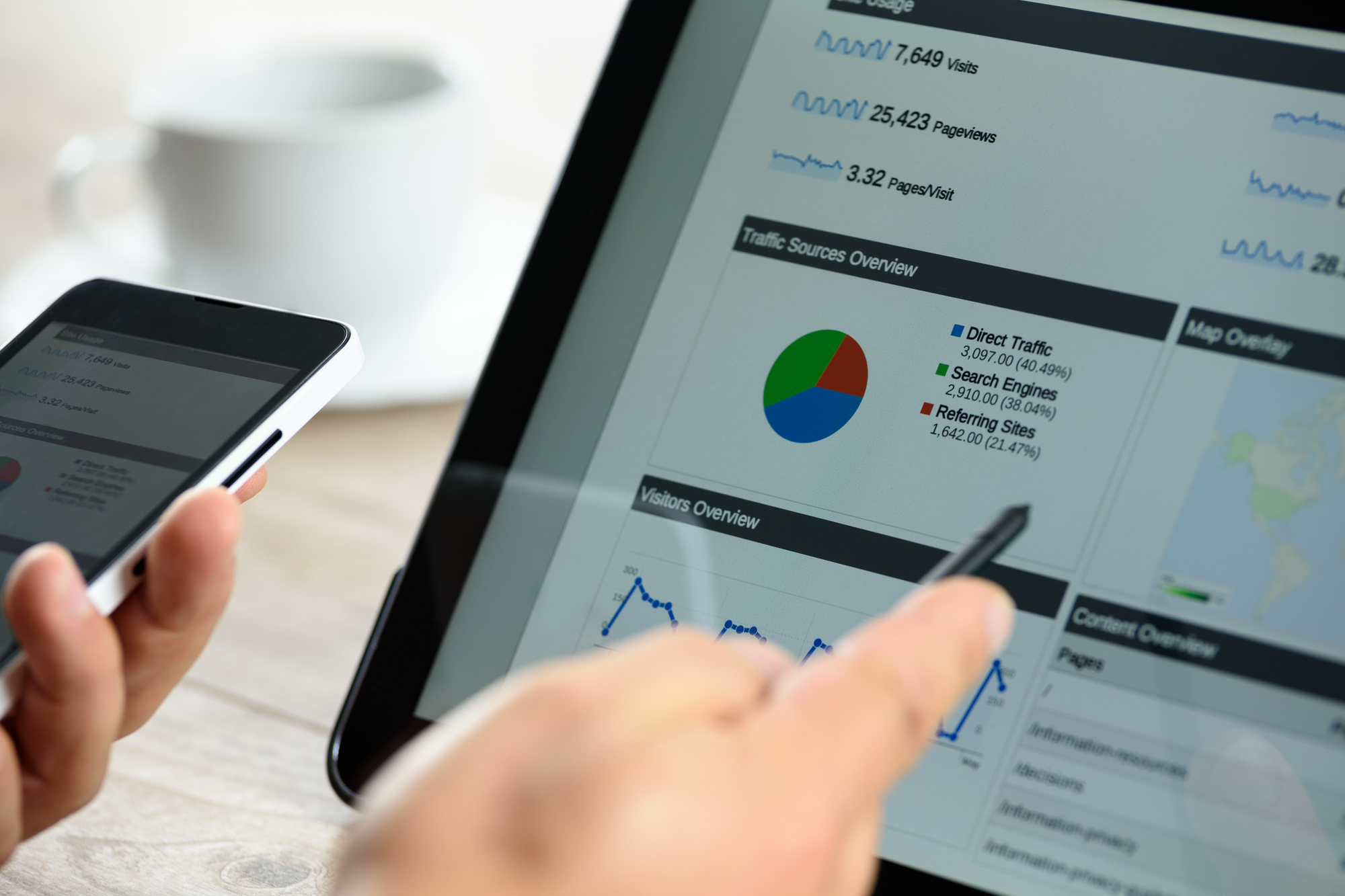Knowing which analytics to focus on in Google Analytics can mean the difference between success and failure for your website. But if you don’t know much about Google Analytics, you may not know which analytics deserve your attention.
This is a position many people find themselves in – so it’s okay if you feel the same way.
Keep reading and I’ll share 9 Google Analytics metrics you should be watching at all times. Take in what you learn and you’ll be able to turn the data provided by Google Analytics into actionable, money-making insights.
Let’s begin!
1. Bounce Rate
The bounce rate metric lets you track the number of single-page sessions on your website or a certain webpage receives. That might sound complicated. But it essentially means the number of people who view a webpage on your site and leave without looking at anything else.
A high bounce rate can mean many things, a lot of which are typically negative. For instance, if you have a high bounce rate it could mean that people don’t find your site that interesting. Hence once they find it, they immediately leave.
It may also be the case that your web pages underdeliver. Suppose you have some paid ads running to a certain part of your website. Your ads may promise something that can’t be found on your web pages. So, when people click the ads and reach your web pages, they may feel disappointed. Following this, they may leave.
2. Exit Pages
The Exit pages metric allows you to see the pages people visit before they leave your site.
This metric can help you find pages that fail to provide a good user experience. If you have a certain page that is scoring highly for this metric, it might have a certain aspect to it that is turning people away. Upon learning this you can then take corrective steps to fix the issue.
3. Average Session Duration
This metric lets you work out how long people spend on your site, on average, before they leave. This metric is helpful because it lets you work out how much people enjoy/value using your site. If they don’t like it that much, then they may not spend that much time there.
This metric is also useful if you have long-form content on your blog. Suppose you have a 10,000-word blog post. If the average session duration is only 1 minute, it lets you know that people aren’t reading the entire blog post.
After all, it takes longer than 1 minute to read something of this length. This, therefore, lets you know that you need to change the formatting or write more interesting content. If you’d like to learn more about writing better blog content, visit this site to learn more.
4. Average Page Load Time
If you don’t provide people with a good user experience they’re going to click the back button.
One of the biggest factors to affect user experience is the loading time of your web pages.
Therefore, by using this metric, you can get a read on how long people have to generally wait, before the web pages load. If you find that the times are over 1 second, you’ll want to take corrective action. A tool known as Google Page Insights will help you work out how to speed up your web pages.
It’s also worth mentioning that fast loading pages can also improve your SEO efforts.
5. Unique Visitors
This metric is especially helpful, because of the fact that it focuses on ‘unique’ visitors, thereby giving you a true sense of visitor numbers. But whilst it’s nice to see how popular your site is, this metric can also serve other purposes.
For example, this metric can help you work out how effective a certain marketing campaign might be. You might be in the process of running a marketing campaign that is designed to generate brand awareness. With this kind of campaign, you generally don’t promote a URL directly to your site. So it’s hard to measure directly, how the campaign is performing.
But, if you’re tracking unique visitors, a branding campaign generally leads to an uptick in this metric. You can, therefore, view the success of the branding campaign, in relation to its impact on the number of unique visitors to your site.
6. New Vs. Returning Visitors
Using this metric you can identify how many ‘new’ people visiting your site and how many are ‘returning.’
This metric is helpful because it gives you a sense of how useful people find your site.
If they don’t like your site, they likely won’t return. But, if you have a high number of returning visitors, it’s often a sign people enjoy interacting with your site, causing them to return time and time again.
7.Geo Location
This metric helps you identify where the bulk of your traffic is coming from, in geographic terms. This metric is useful because it can be used to inform future marketing campaigns.
Suppose most of your traffic is from Seattle and your other metrics are positive. It’s likely a sign you’re website is resonating with people from that location. Therefore, if you’re going to run a paid ads campaign, you’ll want to focus on targeting Seattle.
8. Social Acquisition
If you do a lot of marketing on social media, it can be hard to see how it impacts your actual site metrics. But with the help of the social acquisition metric, you can track which networks are sending you the most traffic.
Using this metric, you can then double down on the social media platforms that are providing the best results. This can help improve the ROI of future campaigns.
9. Conversions
Tracking conversions is key if you want to measure how effective a webpage is at getting someone to take a certain action. Using this metric, you can do just that. You’ll need to decide what counts as a conversion.
If you find that conversions are low, you’ll also want to spend some time thinking about how to fix things. You might need to focus on a different source of traffic. Or, you might need to run some conversion rate optimization experiments.
Are You Still Confused by Google Analytic Metrics?
It’s hard to improve what you don’t measure. With the help of the metrics provided by Google Analytics, though, it becomes a lot easier to improve your site using data.
In this post, we’ve reviewed some of the google analytic metrics you’ll want to focus on the most. You’ll want to look at your bounce rates. You’ll also want to pay attention to your conversions.
It’s worth mentioning that viewing a metric in isolation doesn’t help you. You need to review metrics in context of one another.
High unique visitor numbers are no good if conversions are low. Fast loading times mean nothing if very few people are visiting your site. If you’re able to take a holistic approach, then it’ll be a lot easier to decipher actionable insights, using the numbers provided by Google Analytics.
Want to learn how to speed up your site? Check out this blog post to learn more!




